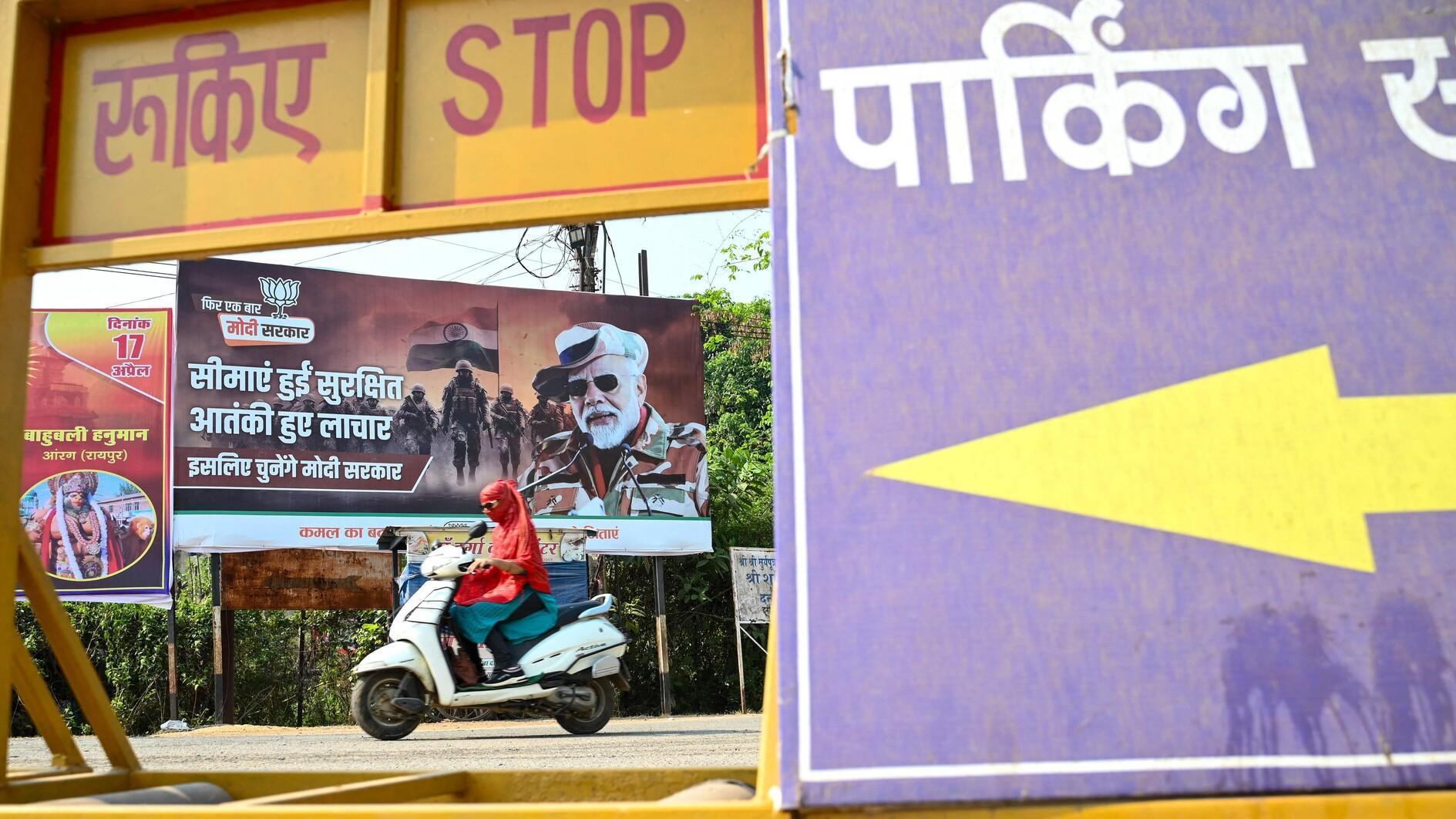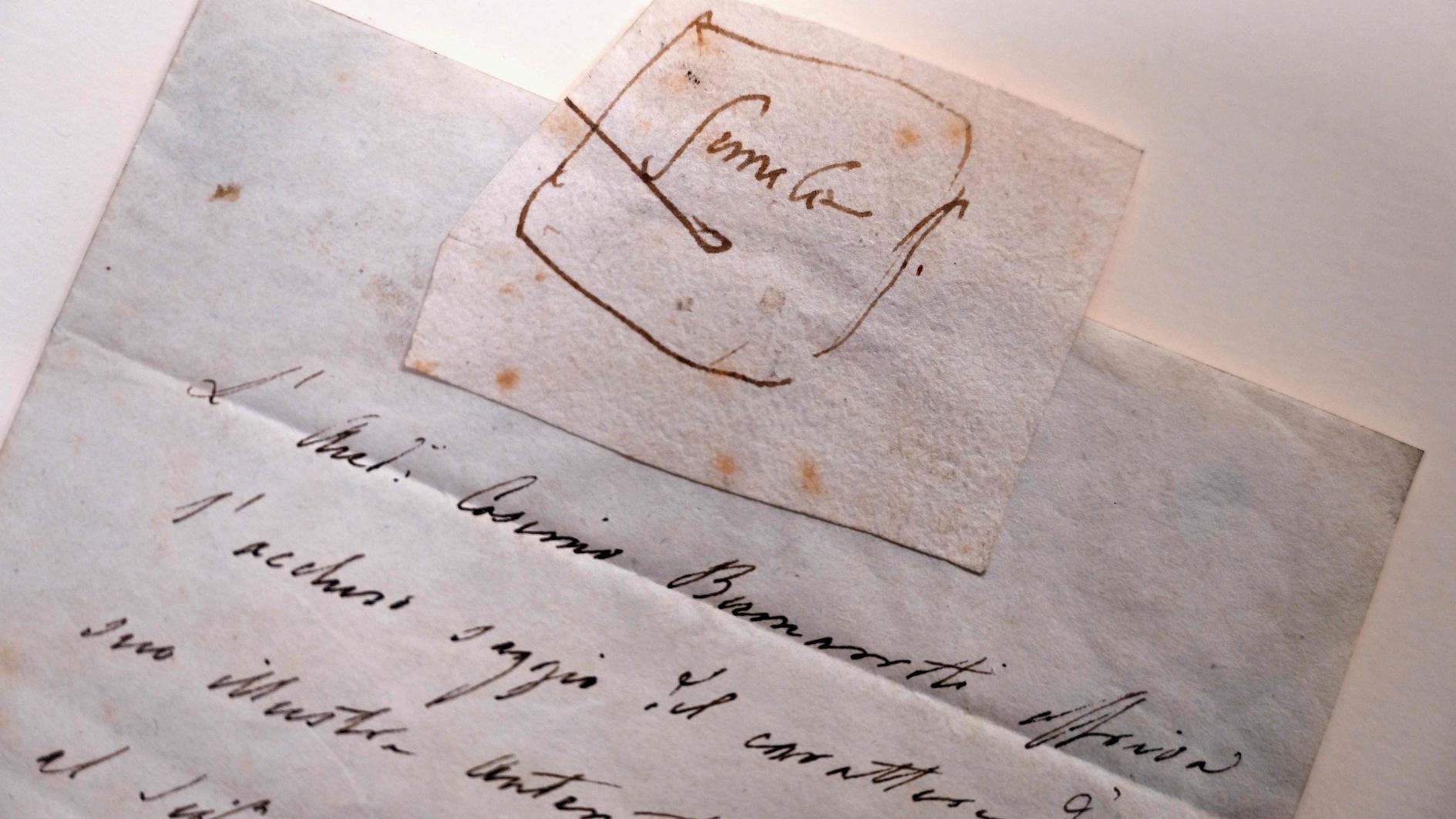Digital pay plan gives hope to US newspapers: report
ISTANBUL

The US newspapers can increase their income by boosting digital payment system based on the principle of paying for content, says a report. DAILY NEWS photo, Hasan ALTINIŞIK
For the first time since the deep recession that began in 2007, newspaper organizations have a reason to be optimistic, due to a new system of digital payment plans, according to a report by the U.S.-based Pew Research Center. However, it urges the industry to remain cognizant of economic realities.“Looking forward, digital pay plans have an added plus. Getting users accustomed to the principle of paying for content could ensure the plans will function well no matter what platforms people prefer in coming years, including the growing array of mobile devices,” Pew’s Project for Excellence in Journalism reported.
According to Pew, digital payment plans are being adopted by 450 of the U.S.’ 1,380 dailies and appear to be working not just at The New York Times but also at small and mid-sized papers. Coupled with print subscription and single-copy price increases, the digital paywall movement has held circulation revenues steady and sometimes even increased them.
On the other hand, when sale prices are low, newspapers coming onto the market find buyers, the report stated, referring to influential value investor Warren Buffett’s Berkshire Hathaway, which, in addition to several other acquisitions, bought his hometown paper, the Omaha World-Herald and all of Media General’s 63 dailies and weeklies in early 2013. Buffett and other investors have decided that print editions have legs.
Washington Post to start ‘paywall’
The Washington Post has confirmed its intention to start charging for access to its website, making it one of the last major American newspapers to do so, the Wall Street Journal reported.
The Post said on March 18 that it would launch what it calls a “metered digital subscription model,” or what is known in the industry as a paywall. Readers will be able to access up to 20 articles or multimedia features on the site for free.
New York Times launched a paywall two years ago, amassing around 600,000 digital subscribers by the end of last year. The Wall Street Journal says their publication has always charged readers for access to its online content.
However, a new opportunity lies in video advertising, which is growing so much that some organizations say they are having trouble putting up enough video content to keep up with advertiser demand, Pew said.
Newspapers have responded, as they more or less must, by making their content available in mobile formats. An Alliance for Audited Media survey of 210 media companies in January 2013 found that 100 percent expect to be mobile-accessible by the end of the year.
Threats remain
However, the positives are mostly promise rather than performance and considerable dangers persist, the report warns.
“Digital advertising, now up to 15 percent of total newspaper ad revenue, has grown anemically the past two years and does not come close to covering print ad losses,” it said.
While newspaper organizations have been successful in attracting an audience that reads news on mobile devices, particularly smartphones, advertising has not yet materialized.
Papers continue to reduce traditional newsroom staff with smaller expansion on the digital side.
















